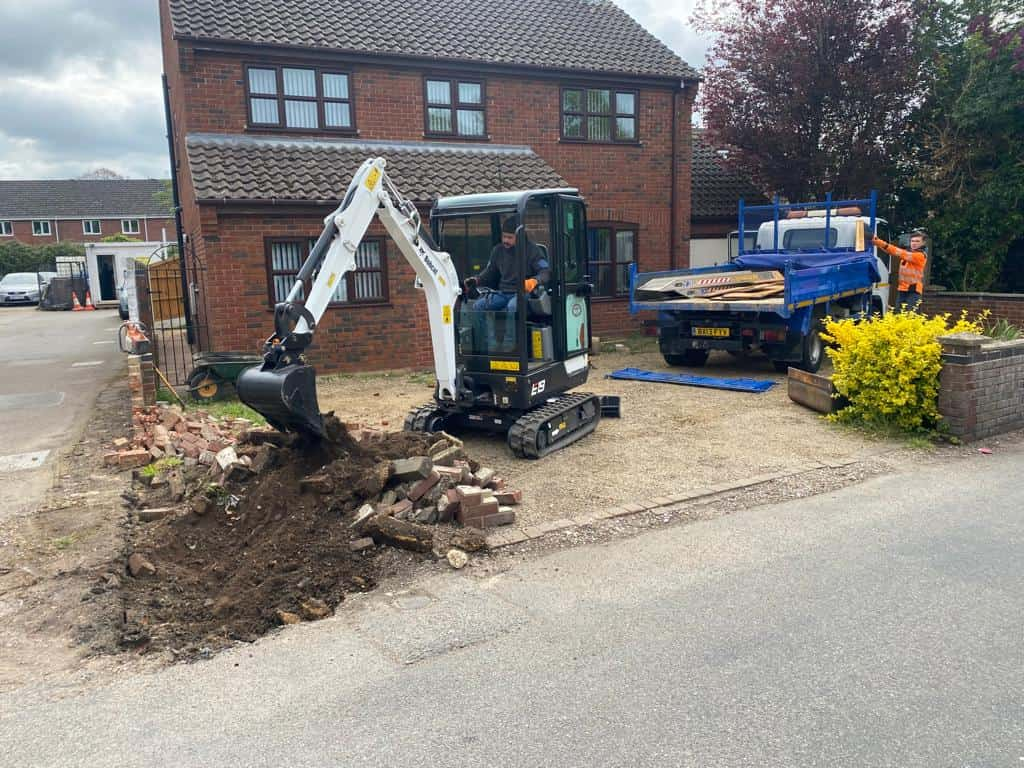How to Fix Uneven Block Paving Without Starting Over
Introduction
Block paving is a popular choice for driveways across the UK, especially in areas like Whitstable where its classic appearance adds kerb appeal and character. But over time, even well-laid paving can shift, sink or become uneven due to weather conditions, vehicle weight, or poor initial installation. Fortunately, uneven block paving doesn’t always mean you need to rip up the entire drive and start from scratch.
At Whitstable Driveways, we understand that homeowners want lasting results without unnecessary disruption or cost. That’s why we’ve put together this professional guide to help you understand how uneven block paving can be corrected properly, preserving the look and function of your driveway while protecting your investment.
What Causes Block Paving to Become Uneven?
Before jumping into the fix, it helps to understand the cause of the problem. Uneven paving can result from several common issues:
Typical causes include:
- Ground movement or settling beneath the sub-base
- Inadequate or poorly compacted sub-base during original installation
- Water ingress or poor drainage leading to erosion
- Heavy vehicle use putting pressure on soft spots
- Tree root growth lifting certain areas
At Whitstable Driveways, we always begin with a proper assessment to identify the source of the issue so that the solution we implement lasts well into the future.
Step-by-Step Guide to Fix Uneven Block Paving
1. Assess the Affected Area
First, determine the extent of the problem. Is it a small dip in one area, or are there multiple sunken or raised patches? This will help decide whether a spot repair is sufficient or whether a larger section should be lifted and re-laid.
Look out for:
- Pools of water after rain
- Wobbly or loose bricks underfoot
- Visible gaps or height variations between blocks
It’s also worth checking nearby drainage channels and edging, as problems in these areas can contribute to shifting blocks.
2. Carefully Lift the Affected Blocks
Using a block extractor tool or flathead screwdriver, gently remove the uneven paving blocks, taking care not to damage them. Stack the removed blocks in the order you took them out—this makes it easier to match them when relaying.
Tips during this stage:
- Use gloves to avoid injury from sharp edges
- Set blocks aside in a dry, clean space
- Remove only as many blocks as necessary to access the uneven section
At Whitstable Driveways, we often find that only a portion of the driveway needs work, allowing us to keep disruption to a minimum.
3. Re-Level the Sub-Base and Bedding Layer
Once the blocks are lifted, inspect the sub-base and bedding layer beneath. This is where most problems begin. If it has become compacted unevenly or washed away, it will need to be repaired.
Steps to restore the base:
- Remove any loose sand or debris
- Refill the area with fresh sharp sand, spreading it evenly
- Compact the sand with a tamper or vibrating plate
- Ensure the base is level and at the correct depth for the paving blocks
Proper compaction at this stage is essential to prevent future movement.
4. Relay the Paving Blocks
With the base restored, you can now relay the original blocks in the same pattern as before. Ensure each one is seated firmly in place and level with the surrounding paving.
Key points when relaying:
- Use a rubber mallet to tap blocks into position
- Check level with a spirit level regularly
- Make minor adjustments as needed for a flush finish
At Whitstable Driveways, we always recommend relaying using the original pattern to maintain consistency and appearance.
5. Re-Sand and Compact the Surface
Once the blocks are all in place, finish the repair by sweeping kiln-dried sand into the joints. This locks the blocks together and helps prevent shifting. Follow this by compacting the surface with a vibrating plate to bed the blocks in fully.
Final steps:
- Sweep excess sand off the surface
- Ensure joints are well-filled for stability
- Repeat sanding if necessary after initial settlement
This final step is often skipped in DIY repairs but is crucial for a lasting result. Our team at Whitstable Driveways always includes this stage to ensure a professional, secure finish.
When to Call in the Experts
While some small uneven patches can be resolved with a bit of DIY effort, larger or more complex issues—such as widespread sinking, drainage failures, or root damage—require professional attention. If you’re unsure of the cause or the repair seems beyond your tools or experience, it’s best to get in touch with a specialist.
Whitstable Driveways offers expert block paving repair services throughout Whitstable and the wider Kent area. Our trained installers have the tools, experience, and eye for detail to restore your driveway to its original condition quickly and efficiently.
Conclusion
An uneven block paved driveway may be unsightly and inconvenient, but it doesn’t always mean starting from scratch. With the right approach and a careful process, most uneven surfaces can be repaired effectively—restoring both appearance and performance.
At Whitstable Driveways, we take pride in offering durable, tailored solutions to every block paving issue, whether it’s a small repair or a full driveway transformation. If your drive in Whitstable or Kent is starting to show signs of wear, don’t wait for the problem to get worse—contact Whitstable Driveways today and let us help you put things back on level ground.
Call us on: 01227 532 697
Click here to find out more about Whitstable Driveways
Click here to complete our contact form and see how we can help with your driveways.

